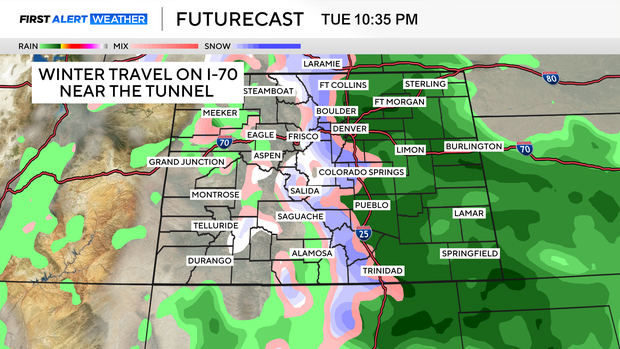Understanding Snowfall: Recent Patterns, Impacts, and What to Expect
Snowfall is one of the most defining and mesmerizing events in seasonal weather. From picturesque landscapes to vital water resources, snowfall has a significant impact on our environment and daily life. In recent years, changing patterns—and the impacts of notable storms—have sparked increased interest across communities, especially in regions like Colorado.

The Importance of Snowfall in Local Climates
Snowfall plays a vital role in water supply, agriculture, and recreation. When snow accumulates, it gradually melts, feeding rivers and reservoirs that supply water to cities and farms. In mountain regions, heavy snowfall also supports winter tourism and creates opportunities for outdoor adventures such as skiing and snowboarding.
Recent Snowfall Events in Colorado
This spring, Colorado experienced a series of storms that brought substantial amounts of both rain and snow. According to a CBS Colorado report, a May weather system blanketed the region with several days of rain and accumulating snow. Areas above 8,000 feet, such as the Eisenhower-Johnson Memorial Tunnel and the San Juan Mountains, saw between 6 to 12 inches—or more—of fresh snow. These events are crucial in delaying drought conditions and replenishing local water supplies.
Additionally, rainfall and snowfall totals varied across Colorado in the latest spring storm. Insights from the Fort Collins Coloradoan show that specific areas received up to 19.8 inches of snow, such as near St. Marys Glacier. Manitou Springs and Brainard Lake were also notable for significant snowfall, highlighting how mountain terrain amplifies weather effects.
Measuring Recent Snowfall Totals
Snow tracking relies on networks of official weather stations and local observers. For example, Fort Collins' recent measurements showed 0.83 inches of rain and up to 25.6 inches of snow for the season so far. The National Weather Service provides detailed updates that help communities understand precipitation trends and prepare for future storms.
The Broader Impact: Community, Landscape, and Beyond
Significant snowfall benefits landscapes and communities in many ways. Besides supporting agriculture and water storage, snow insulates soil, protects plant roots from temperature swings, and keeps groundwater supplies steady. Spring snowfall also refreshes mountain lakes, delays wildfire risk, and brings natural beauty to the high country.
For ongoing updates on major snow events in the Rocky Mountain region, you can follow coverage on dedicated sites like powder.com, which tracks extreme snowfall and its effects on outdoor recreation and local economies.
Conclusion: Staying Prepared for Snowfall
Staying informed about snowfall patterns helps residents and communities make better decisions—whether it's planning for gardening, water use, or enjoying outdoor activities. Tracking recent data and expert forecasts ensures everyone benefits from the moisture and beauty that snowfall brings, while staying prepared for whatever the next storm brings.